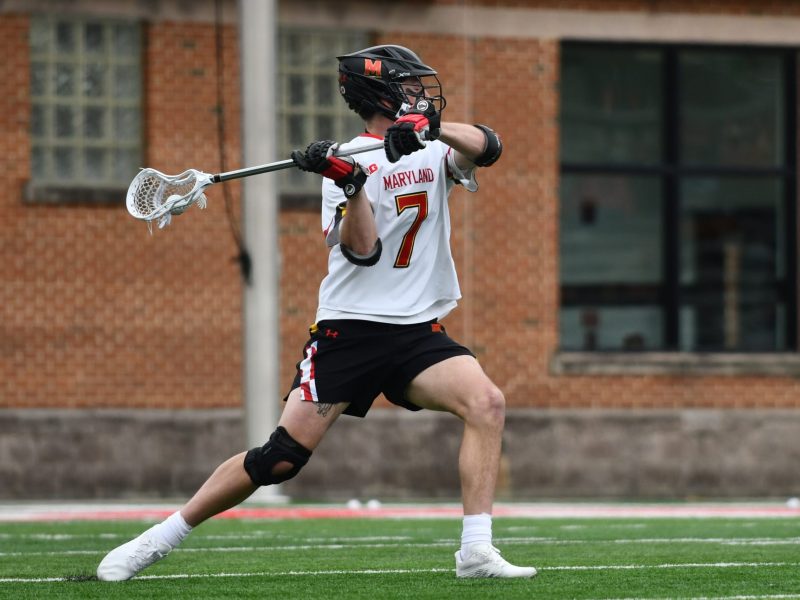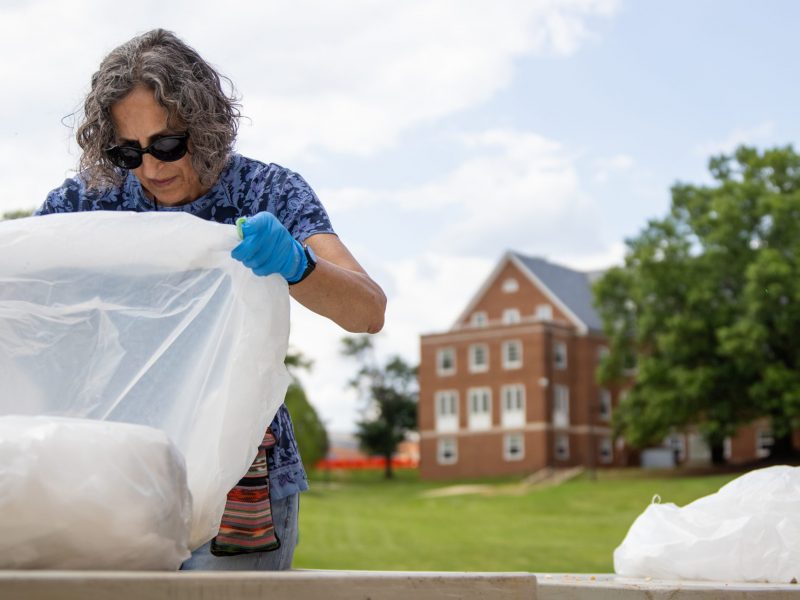
Livetext courtesy photos
Everyone has had that moment while in public — from class to public transportation — in which they’ve wanted to video chat with a friend but couldn’t because of it requires both sides to have their sound on. Well, now there’s a way to video chat without being a disruption.
Livetext, created in part by a University of Maryland alumnus, takes video chatting to a whole new level. It combines video chatting and texting in an informal way with one catch: There’s no sound.
Essentially, the app allows two people to text while being able to watch each other.
“There are so many different parts of life where video hasn’t been used before due to sound, but now this product can be used anywhere,” said Arjun Sethi, a 2006 university alumnus who helped to create this revolutionary — and free — app.
Currently, Livetext doesn’t support group video chats. At first glance, that seems strange in a world in which apps focus on groups, such as GroupMe and Facebook messenger. But limiting conversations to two people could make streaming speeds quicker and messaging less complicated.
Another app feature: If you are in the same room as one of your friends, the two of you can be automatically connected and the matchup can either be accepted or declined, Sethi said.
I tested the app out with the creator himself and found that it’s just as cool as Yahoo is making it out to be.
First, a notification shows up.
A notification from Livetext (Lindsey Feingold/For The Diamondback)
To accept it, just swipe. This is where the combination of texting and video chatting comes into play.
 Video chatting with Arjun Sethi via Livetext (Lindsey Feingold/For The Diamondback)
Video chatting with Arjun Sethi via Livetext (Lindsey Feingold/For The Diamondback)
The usability is a mix of FaceTime and Snapchat’s use of emojis and large block text.
Though the app was released just 10 weeks ago, Sethi said college students across the country have downloaded it.
 Headshot of Arjun Sethi (Courtesy of Livetext PR)
Headshot of Arjun Sethi (Courtesy of Livetext PR)
Sethi was at the University of Maryland on Friday as the speaker for Shell Talk, a regular event in which entrepreneurs come and discuss their experiences in the tech industry for Startup Shell.
During the talk, Sethi focused on his multiple failures before getting where he is now and on his experiences in general.
“I saw [Sethi’s] profile and want to see his approach on what he did and learn from that,” said Harsha Cuttari, a senior electrical engineering major.
Sethi works as a senior director of product management at Yahoo, overseeing the company’s growth team.
Sethi has also invested in over 50 tech companies, two of which were created by students at this university, according to a Livetext spokeswoman. One is called Kicksend and the other has not been released to the public yet.


